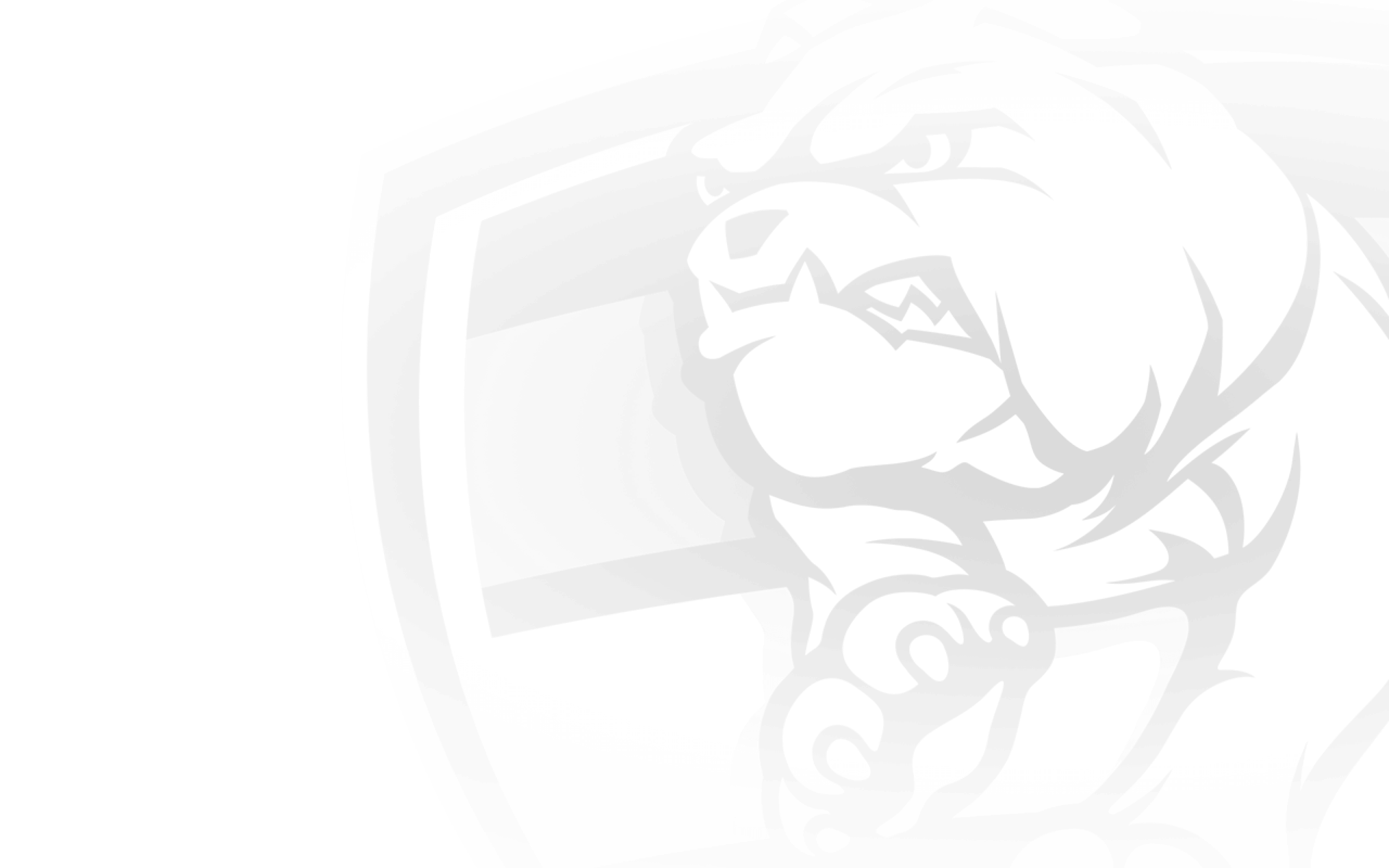The outbreak of World War II cast a pall over the lives of ordinary Australians and had enormous implications for football in the 1940s. Football was understandably relegated in the national psyche behind thoughts of the war. But the mental relaxation and stimulus it provided was considered good for public morale and was encouraged as a necessary distraction (as long as it did not detract from the war effort) by Prime Minister Curtin, a former VFA footballer.
Footscray, with an abundance of small men, rose to sixth on the ladder in 1940. A reallocation of recruiting boundaries, in 1941, saw Footscray awarded the smallest area by population but, importantly, the Braybrook area, which proved a significant gain. A young Spotswood prospect by the name of Charlie Sutton was signed, just before the deadline that gave South Melbourne the area south of Stony Creek, encompassing Spotswood to Williamstown. Norm Ware took over as playing coach in 1941 and capped a fine season by winning the Brownlow Medal.
Attendances fell dramatically during the war years, when many supporters were employed in essential services or shift work and their Saturday afternoons were restricted, as was transport – a factor that led to Geelong’s withdrawal from the League for two seasons. Brownlow Medal voting was suspended during 1942–45 and teams were faced with a shortage of players due to their engagement with the fighting services or reserve occupations. Recruiting was dormant and training was difficult to arrange, so the spectacle and standard of football deteriorated. Many grounds were set aside for military purposes, including the Western Oval in 1942 (the year Darwin was bombed and Japanese mini-submarines entered Sydney Harbour). Footscray played at Yarraville during that season and managed to make the final four, kicking 7-22 (64) to lose to South Melbourne in the first semi-final.
Arthur Olliver took over as captain/coach in 1943 but the club could not cover the loss of Norm Ware, Harry Hickey and Alby Morrison to war service for a time. Bill Wood kicked 9 goals on debut in 1944 and Footscray scraped into the finals on the last kick of the season, when Harry Hickey’s point after the siren saw them displace Carlton from fourth spot. They were easily beaten by Essendon in the first semi-final. Footscray missed a place in the finals in 1945 and Sam Ramsay, secretary for a decade, resigned and was replaced by Roy Russell at season’s end.
The 1946 season saw a revival of the game after the war and the retirement of champions Alby Morrison and Norm Ware. Footscray won the opening nine games but faltered towards the end of the season losing the first semi-final to Melbourne. Jim Crowe replaced Olliver as coach for season 1947, but the side slipped out of contention.
With Olliver back at the helm in 1948 and stars in Harry Hickey, George McLaren, Marty McDonnell, Wally Donald and Dave Bryden, Footscray won through to the semi-final play-off once again, this time losing to Collingwood. The team did not recover from that loss in 1949, slumping to ninth on the ladder.

